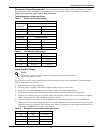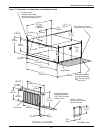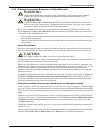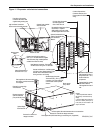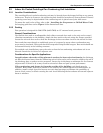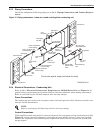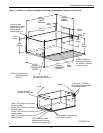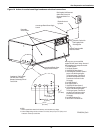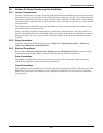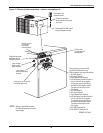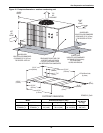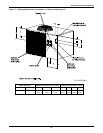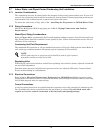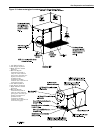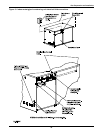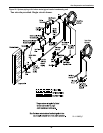
Site Preparation and Installation
23
2.6 Outdoor Air-Cooled Condensing Unit Installation
2.6.1 Location Considerations
To insure a satisfactory air supply, locate air-cooled propeller fan condensing units in an environment
providing clean air, away from loose dirt and foreign matter that may clog the coil. Condensing units
must not be located in the vicinity of steam, hot air, or fume exhausts, or closer than 18 inches from a
wall, obstruction, or adjacent unit. Avoid areas where heavy snow will accumulate at air inlet and dis-
charge locations.
The condensing unit should be located for maximum security and maintenance accessibility. Avoid
ground-level sites with public access.
Install a solid base, capable of supporting the weight of the condensing unit. The base should be at
least 2 inches higher than the surrounding grade and 2 inches larger than the dimensions of the con-
densing unit base. For snowy areas, a base of sufficient height to clear snow accumulation must be
installed.
2.6.2 Piping Connections
Details for refrigerant (R-22) loop piping are in Figure 12 - Piping connections - indoor air-
cooled centrifugal fan condensing unit.
2.6.3 Electrical Connections
Refer to 2.4.4 - Electrical Connections, Evaporator or Chilled-Water Unit for general wiring
requirements and cautions. Refer to electrical schematic when making connections.
Power Connections
The outdoor condensing unit requires its own power source and earth ground, with a disconnect
switch (field supplied) to isolate the unit for maintenance.
Control Connections
Field-supplied control wires must be connected between the evaporator and the condensing unit. (See
Figure 6 and the electrical schematic on the units for more details.) Seven (7) wires are required
between the evaporator and condensing unit. Eighth and ninth wires are required on systems with
hot gas bypass.



